ARTFUX

Artfux was an art group based out of Jersey City, New Jersey. Their birthdate established as October 31, 1990. Zeitgeist (or Spirit of the Age), burned bright and strong in the six-chambered heart of the ARTFUX. The ARTFUX founders and team of artists were Ray Arcadio, Orlando Cuevas, Jorge Rodriguez-Gerada, Mirta C. Del Valle, Fred Gaston, Tony DiRobertis and John Santerineross.
They were the pioneers of Culture Jamming, the practice of parodying ads and hijacking billboards to drastically alter their messages. They pushed the boundaries of collaborative art making, where artworks were created by two or more of the members, sometimes the entire group. They developed street and gallery performances that received international coverage. The most famous being "The Trial of Senator Jesse Helms" performed on the steps of Capitol Hill. Artfux also created numerous posters that received international acclaim for their design and message.
They also appeared on the Jerry Springer show and were featured on a PBS documenary.
Their most famous motto was "Art Pushes, Art Provokes, Artfux!"
selected media

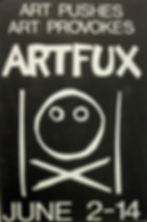
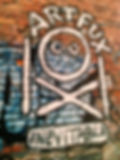






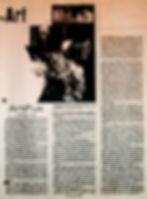

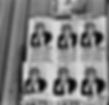

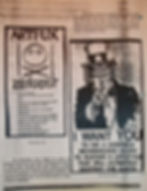
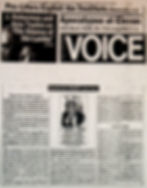

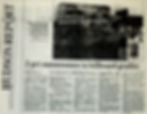






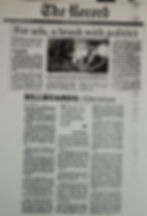

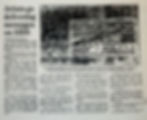


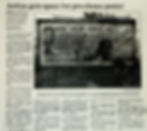
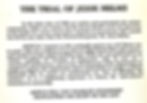


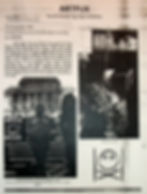

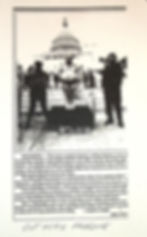

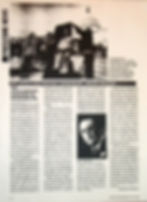
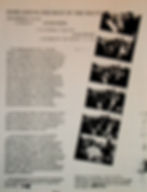
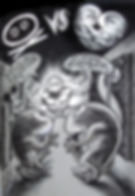


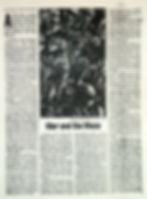
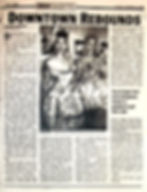
ARTFUX outdoor
Late in 1990, ARTFUX teamed up with Ron English who visited them from Texas after hearing about them from the popularity of the "Flaggin our Freedom" art exhibit held at NJCU. You can read more about it in Robert Justin Goldstein's book "Burning the Flag: The Great 1989 - 1990 American Flag Desecration Controversy". Together they began painting billboard spaces which displayed alcohol and tobacco advertisements. It had come to their attention that other community activist such as Reverend Phleger and Reverend Butts were whitewashing similar advertising billboards, but they felt that their approach was certainly different, and perhaps more constructive. ARTFUX/ENGLISH chose to either replace the ads completely with their own public service announcements or else to alter the ads in such a way as to display the negative aspects of the product being advertised.
Their intent was not to stop the use of these products, but rather they chose to educate the public using such products, bringing to their attention the demographically disproportionate focus of this advertising on the minority community, and that community's disproportionate use of such products.
ARTFUX's billboards ranged, in content, from issues of censorship and AIDS to women's rights and environmental causes. At the time of ARTFUX's arrest in the summer of 1991, they had "influenced" the advertising content of no less than 41 billboards across the area.









